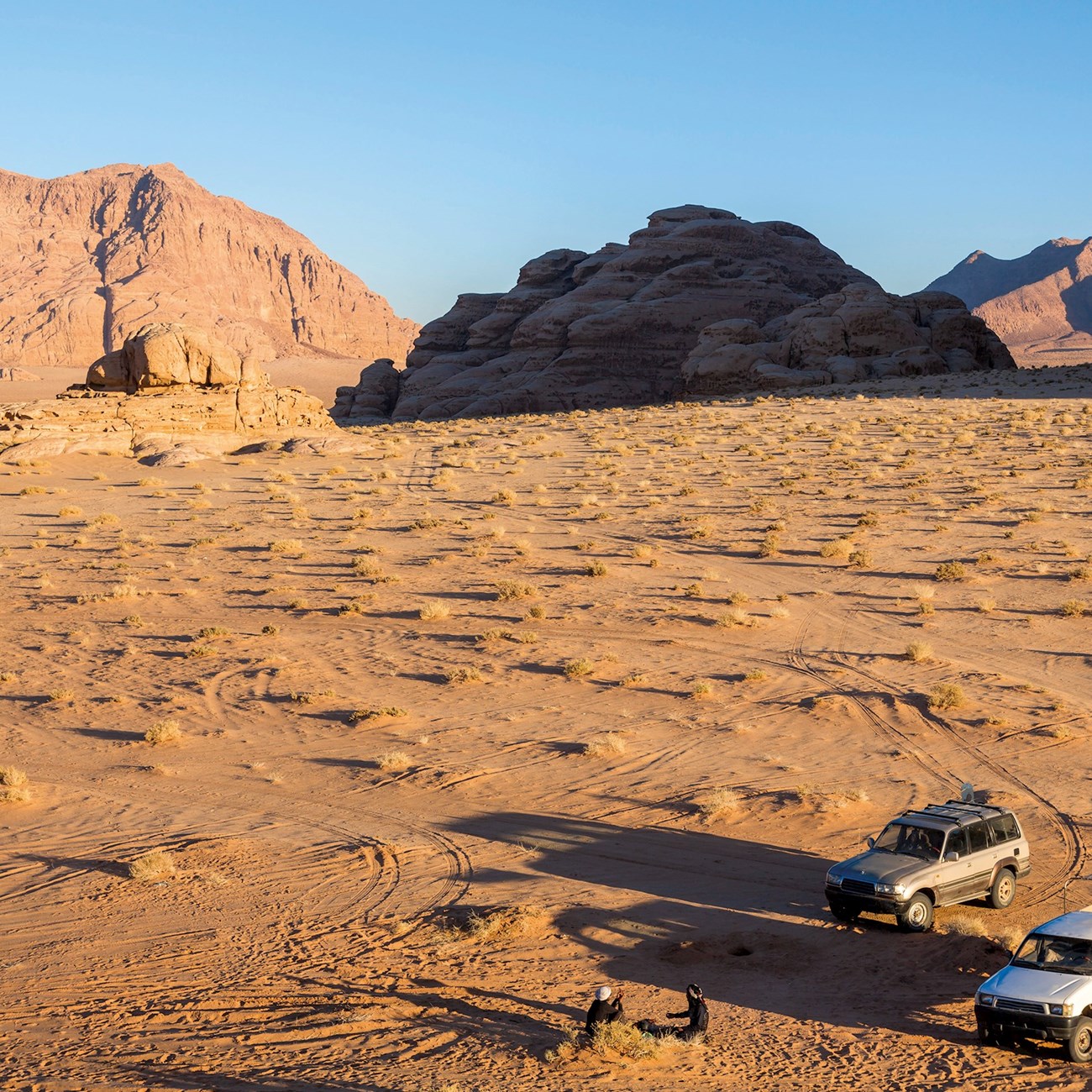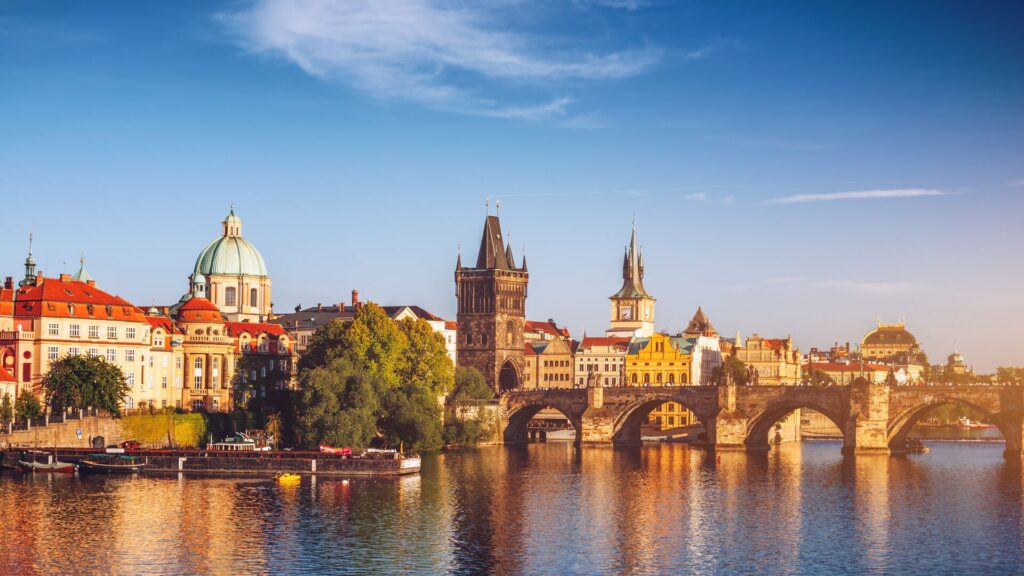Secrets of the Rose City of Petra by Travel Director Muhammed
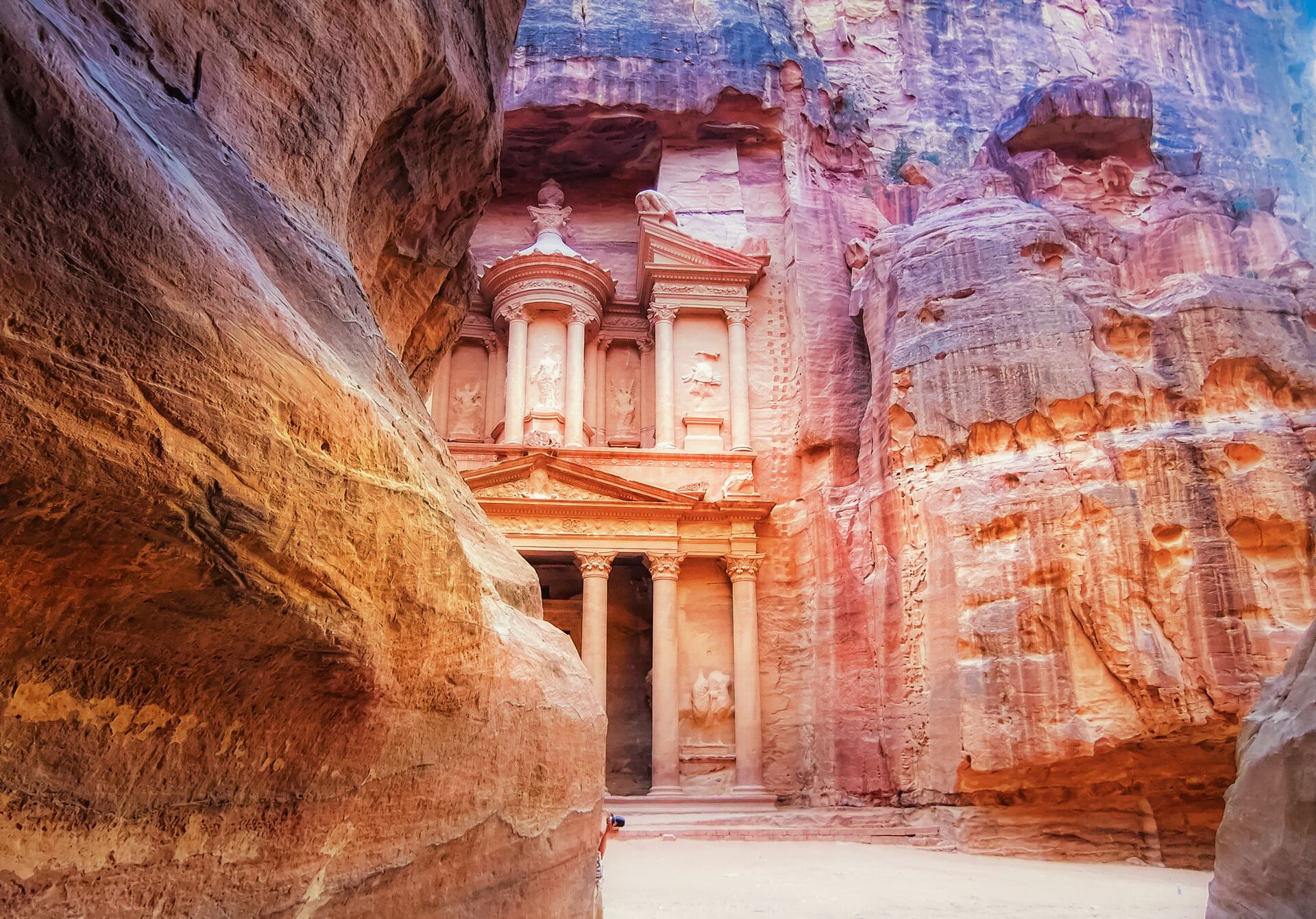
Petra was called something else by its original inhabitants. It was named ‘Raqemo’ after its royal founder.
Petra is also curiously known as the ‘Lost City’
Petra is often referred to as the ‘Lost City’, though its history has never been entirely forgotten. The term became popular in the 19th century when the city was “rediscovered” by Swiss explorer Johann Ludwig Burckhardt in 1812, who had heard rumors of a grand ancient city hidden in the Jordanian desert. For centuries before that, Petra had been known to locals and Bedouins, but its exact location had largely been lost to the Western world after the decline of the Nabataean Kingdom in the 2nd century AD, when the city was abandoned due to shifting trade routes and earthquakes.
The city’s isolation, hidden among the rugged cliffs and valleys of southern Jordan, contributed to its air of mystery, making it feel as though it had disappeared from history. Burckhardt’s journey to Petra is often credited with bringing the site back into the public consciousness, though it had been known to the Arab world for much longer.
‘The only way to get inside is to walk through a narrow gorge or canyon, due to all the earthquakes that happened back in the day. It was closed off, and nobody was able to get down to the Holy City. And that’s why Petra was lost for so many centuries. 85% of Petra is still underground and waiting for you to come explore it!’
Petra is huge, and you’ll need time to explore it.
You may know Petra from the pictures of its iconic treasury, but there’s far more to this rose city than this famous view. It’s an enormous archaeological site spanning over 100 square miles (264 square kilometers) – roughly the size of a small city. Once the thriving capital of the Nabataean Kingdom, it was a bustling trade hub with temples, tombs, theaters, and an intricate water system that supported a population of tens of thousands. Today, visitors often walk several miles just to reach the heart of Petra, but its vast network of trails and hidden pathways stretch even farther, leading to lesser-known marvels like the Monastery (Ad Deir) and the High Place of Sacrifice. Exploring Petra fully can take days, revealing just how grand and expansive this ancient wonder truly is.
“Not many people know the size of the archeological site, and most of them are surprised that they need to walk at least two kilometers to get down to the Treasury. Even then, we still have a lot to do beyond this point. What I recommend is that people plan one full day in Petra just to be able to cover the main highlights in the site.
I would recommend you plan even longer to be able to explore the other parts of Petra. There are tons of different trails where you spend literally days to explore.One of the well known trails is the royal tombs, where you see some of the huge facades carved in the mountains, and that’s about half a mile away from the Treasury. Also, at the end of the classical trail there’s another very popular trail: 900 steps carved into the mountains to take you up to the monastery. Give yourself least three days if you’re planning on exploring the whole city. Petra is a massive archeological site.”
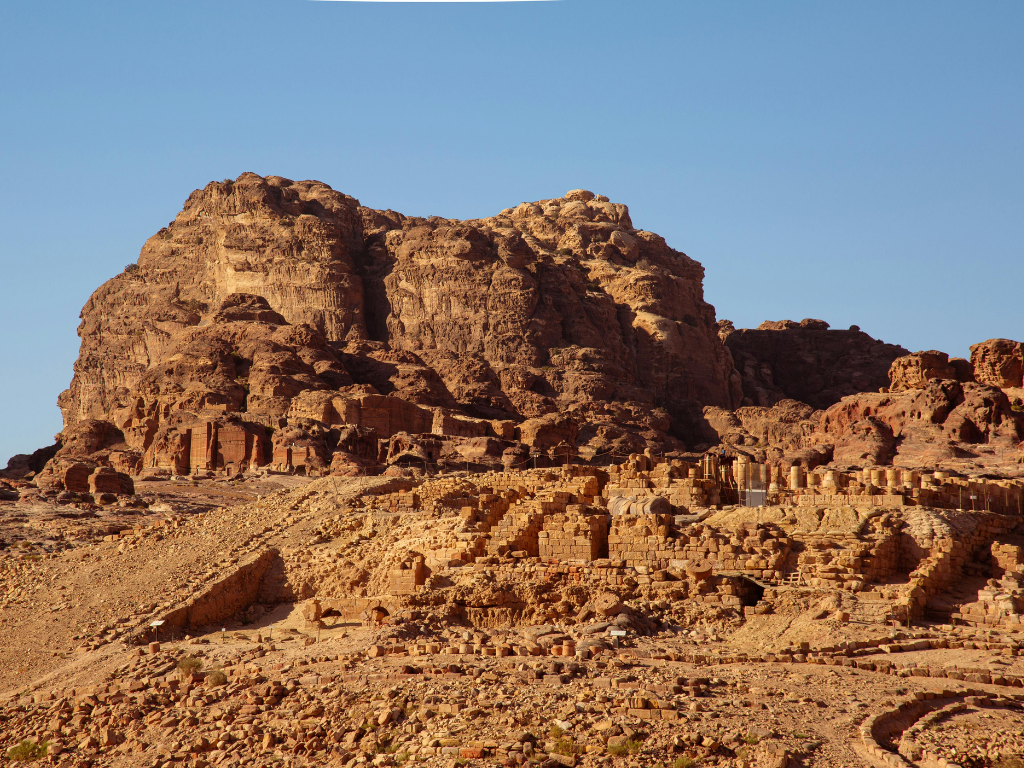
Save up to $3,000* per couple on your first Premium Tour
Plus receive latest offers, travel inspiration, and discover how your travels will make a positive impact. Together, WE MAKE TRAVEL MATTER®. Subscribe NowWhen’s the best time to visit Petra?
“This time of year to visit Petra is all year round, because Petra is unique in every season. It has its own unique style. In winter, it can be a little cold. In summer, it can be a little warm, fantastic in spring and autumn, but it has its own spectacular styles in all four seasons.”
Petra’s allure is undeniable no matter what time of year. Each season offering a different perspective of this ancient wonder. Winter is cooler and brings fewer crowds, making for a more mysterious, quiet and arguably more transportive experience, helping you feel like you truly are exploring a city lost in time. Summer offers warmer, sun-soaked days with plenty of buzz and excitement in the air. Spring and autumn are ideal for pleasant weather and vibrant desert blooms, making them especially popular for those looking to enjoy Petra’s outdoor beauty at its most comfortable. Whether you visit during the bustling tourist season or the quieter winter months, Petra always offers something spectacular, no matter the time of year.
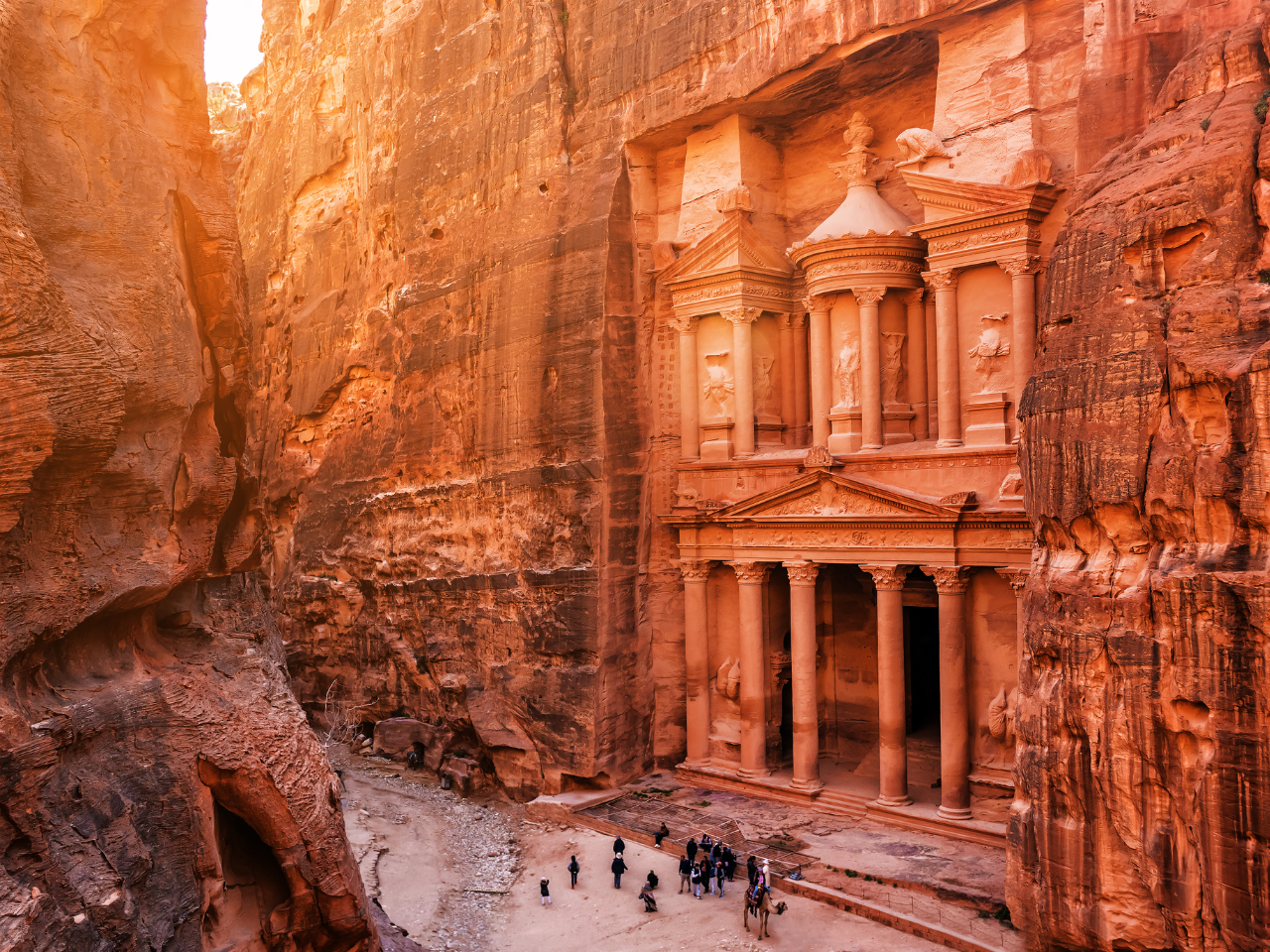
Petra is featured in Indiana Jones, Lawrence of Arabia, Dune, and other movies
Who created the rose city of Petra?
“What do we know about people who carved Petra? We know that they’re called the Nabataeans. The Nabataeans is the name of the nation who established the civilization of Petra, and these people were masters at carving techniques. They were not beginners at what they did. And once they arrived here, they knew exactly what to do and how to build their water systems to protect the city from floods. And we know that they were Arabian Bedouins, the Jordanians, who established a very new city in this part of the world to create a new hub for commerce for all caravans traveling between east and west, south and north.
Are there any other interesting things about Petra we should know?
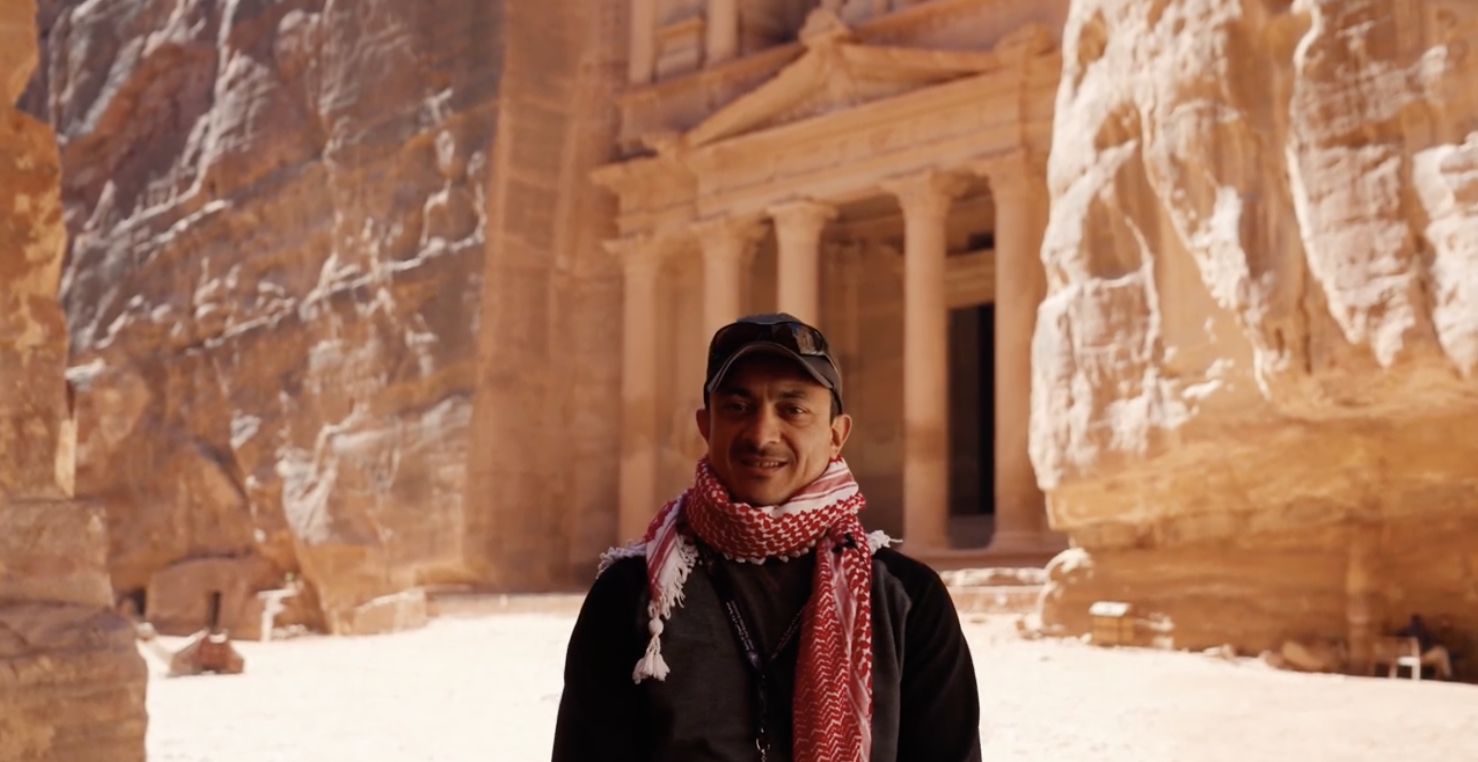
We’re grateful to Travel Directors like Muhammad, who help our guests discover fascinating but complex, hard-to-plan for destinations like Petra. Join us on one of our tours of Jordan where you’ll be able to uncover the secrets and mysteries of this city once lost to time.
“Being a tour guide is all about changing perspectives. Build in connection and connect with the world. Being an ambassador inside of our country, showing people Jordan from our own eyes. This is the best part of what we do.”
LIKED THIS POST? SHARE WITH YOUR COMMUNITY
